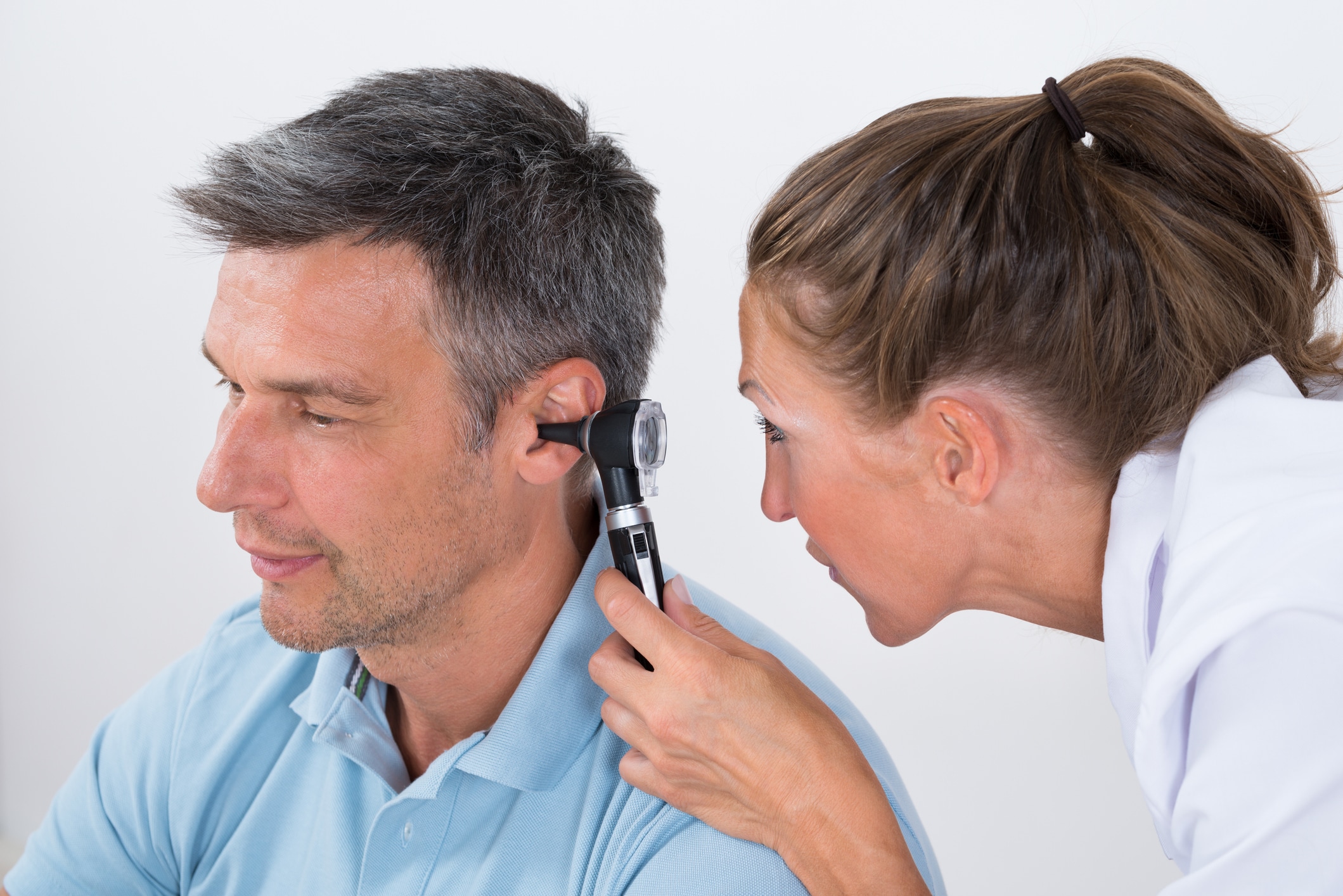Having a blocked ear is not much fun. In fact, it can be quite debilitating! You can’t hear properly. Your voice feels like it’s echoing inside your head. You may even notice that your balance is bit off.
If you do have a blocked ear caused by wax build up, you’re probably wondering what ear wax removal tools are available. That’s why we’ve put together this comprehensive guide. Our guide on ear wax removal tools includes all types of tools: the good, the bad, and the downright unsafe.
When it comes to the health of your ears, we believe that you can never be too careful. So, while there are various tools listed below, we strongly encourage you to see a qualified, experience professional for ear wax removal.
Home Remedies – Not Recommended
There are numerous home remedies and tools available for ear wax removal, most of which are not safe. Some of the unsafe tools people turn to:
- Ear candles: There is absolutely no evidence that ear candles remove wax. In fact, the wax that you see in the base of the candle following burning of the candle is actually the melted candle wax itself. Not only is this method ineffective, but it can also be dangerous. The candle can push wax further into the ear worsening symptoms, and you also risk burns from the candle and hot wax both inside and outside your ears (think hair fires!).
- Cotton Buds: You should never place any foreign object in your ear. Cotton buds, fingers, bobby pins and car keys (yes we have heard these stories!) can push wax further into the ear creating an impaction. The worst-case scenario is poking a hole in your eardrum. This could lead to all sorts of problems including tinnitus and even hearing loss.
- ‘Twisty topped’ wax removing tools; purported to ‘twist’ into the wax, thereby enabling it to be drawn out of the ear. This implement risks not only damaging your delicate ear canal, but also worsening your symptoms; the wax is more likely to be pushed further down the ear canal as opposed to being removed. Wax pushed onto the eardrum will cause an instant feeling of hearing loss.
Home Remedies – Recommended
There is only one home remedy recommended by health professionals, and that is ear wax softening drops. Sometimes ear wax can cause a blockage and becomes so hard that it can’t be carried out naturally. Our ears are actually meant to be self-cleaning; wax is produced in the outer third of the ear canal, and the ‘conveyer belt’ motion of the superficial skin layer moves the wax to the outside of the ear with a bit of help from jaw movement.
Softening drops, or cerumenolytics, soften the wax, which encourages the natural self-cleaning process to work more effectively. It is safe because all it does is soften and break down the wax, without the risks that poking and prodding inside the ears can expose you to.
However, this method is only suitable for certain people. If your eardrum has been perforated, or if you have had ear surgery in the past you should check with your health professional prior to use.
An Ear Wax Removal Technique You Can Rely On
Micro-suction and curettage is one of the few ear wax removal methods that is endorsed and used by ENT specialists. So, how does it work?
Where practitioners have completed a minimum level of practical training, this technique gently and effectively removes ear wax blockages via a combination of the use of fine instruments and micro-suction. Micro-suction is like a little vacuum cleaner inside the ear that gently removes wax, without the need to touch the ear canal or ear drum itself. The entire process at Earworx clinics is undertaken by a registered nurse. All Earworx nurses have completed a nationally accredited Earworx Course in Aural Care and an extensive practical placement in order to learn how to safely perform the microsuction and curettage procedure.
Ear wax is an entirely normal and healthy substance and something that plays an integral role in protecting our delicate ears from dust and other debris. The Earworx nurse will firstly determine if you have excessive ear wax by asking you questions about your symptoms, gaining an understanding of your ear history and examining your ear using a bright light with magnification and a speculum.
If you require micro-suction, the procedure is painless. A combination of small instruments and micro-suction are used to loosen and remove the ear wax and gently unblock the ear.
The Symptoms of Excessive Ear Wax
While ear wax is protective and an important substance to have in the outer ear, too much can be a bad thing. Here are some signs that you may need to book in for a micro-suction appointment:
- Hearing Loss: If you’re hearing has been a bit off lately, it may be due to an ear blocked with wax. The literature tells us* that once wax reaches 80% occlusion or more in the ear canal, hearing may be impacted. Sounds may become muffled or reduce in volume due to the vibration of sound not being able to reach the ear drum. For those that wear hearing aids, hearing loss can be worsened when the hearing aid domes push wax down the canal or stimulate excess ear wax production, leading to a potential blockage.
- A feeling of blockage: the ear just doesn’t feel right. After swimming or bathing, the ear may block entirely, taking days to resolve and unblock
- Tinnitus: Many people experience a mild tinnitus due to age related hearing loss, but a sudden increase in ringing on one side may be a sign of wax blockage. Note, for one sided newly developed ringing that does not resolve following wax removal, medical follow up is recommended.
- Feeling of Fullness: This is a very common symptom. Your ear may feel full and blocked in the morning but may un-block and re-block throughout the day. There is also a feeling of hearing in fits and starts, as jaw movement and other factors can temporarily create gaps in the wax blockage, allowing sound to travel down the ear canal and create moments of clarity. Pulling the outer ear downward and outward may facilitate this temporary hearing.
Other common symptoms are itching, pain, discharge, odour and even a cough.
Factors that Could Make You Prone to Excessive Ear Wax
Some factors make you more prone to suffering from excessive ear wax, such as:
- The anatomy of your ears: hairy, curvy or narrow ear canals will accrue more wax.
- Using unsafe home remedies as listed above.
- Genetics and family history can make you more prone to impacted ear wax.
- If you use earphones, hearing aids and earplugs regularly, you increase your chances of having blocked ears.
- Working in a dusty or dirty environment will cause the airborne dust to add to the volume of wax inside the ear.
- Skin conditions such as eczema and psoriasis can increase your risk of wax build up. Again, the overproduction of skin cells adds to the volume of wax
- Like so many other health problems, stress does have an effect. You can reduce the incidence of impaction by looking after yourself and trying to reduce stress wherever possible.
*Schwartz et al 2017, Clinical Practice Guideline (Update): Earwax (Cerumen Impaction), Otolaryngology-Head and Neck Surgery Vol 156 (IS) SI-S29.





